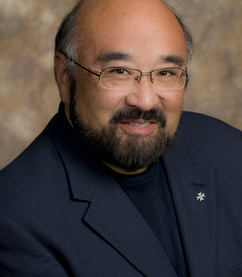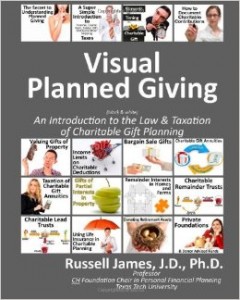My earliest fundraising lesson began in 7th grade when my teacher asked the class, “Do you want basketball hoops or not?” The answer was easy but getting there was hard.
My school did not have a gym. The closest thing it had to one was a basement. What some kids took for granted at other schools, my school learned to do without until we were given an opportunity to change all of that.
The big question was if we wanted basketball hoops, how were we to raise the money to buy them?
Fortunately, because of our teacher’s encouragement and a parent who was willing to donate a piece of art, we had the means to hold a fundraising raffle. Quick math told us how many tickets needed to be sold in order to have enough to buy the hoops.
And so the process began. We had to determine how quickly we had to sell these raffle tickets and who will buy them. It was clear that my immediate clients would be my parents, grandparents, aunts and uncles.
Then who else was the obvious question.
Door to door knocking was the next step. Before I set out for ongoing disappointment and rejection, I knew that I had to have a good pitch. I needed one that was not selfish but compelling. It needed to answer why I am at a stranger’s door asking them to buy a raffle ticket for a painting, who I represent, and what the money is for. I learned that not everyone is there to support my project and not take it personally – early lesson for a 13 year old.
This approach is the one that I have used many times in my life and for every campaign I have undertaken .
The end result of the basketball hoops fundraising was a success due to our persistence. Without our active desire to make it happen, it never would have taken place.
You too have the opportunity to influence change and go after your own “basketball hoops.” It is with the same desire and convincing pitch, that our campaigns either win or lose. Each of our organizations are worthy, important and deserve the funding they request. It all comes down to our intense commitment to pursue our organizational and personal goals and objectives.
– Bill



